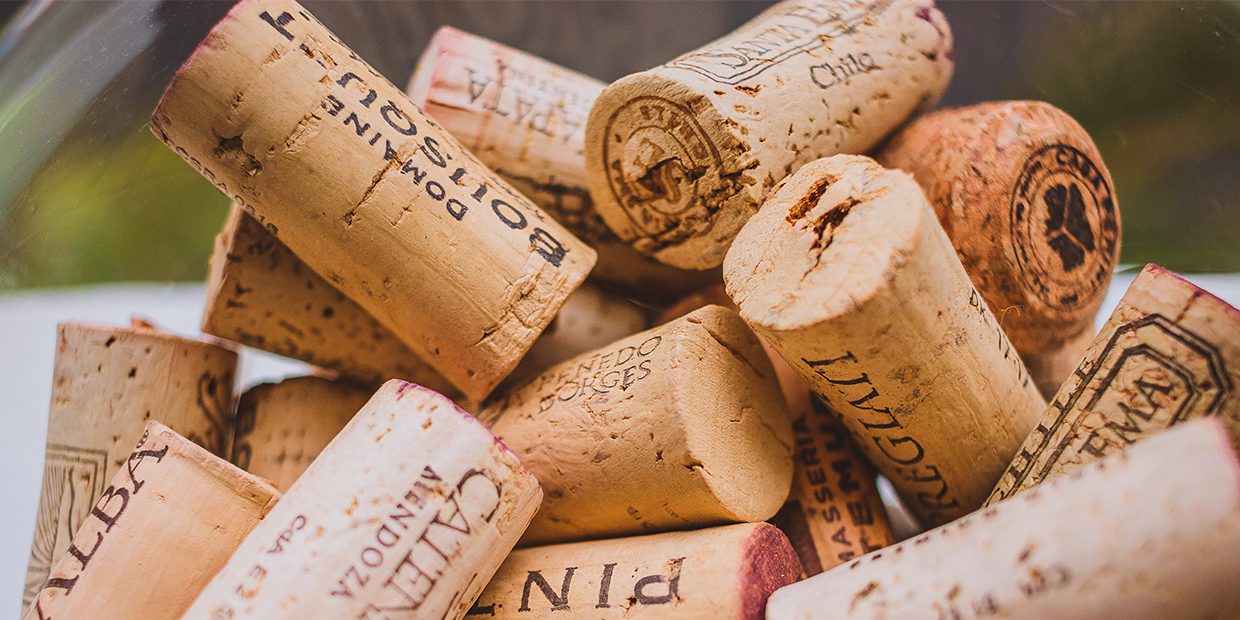What’s the difference between corked and capped wines? Is one better than the other?
When you think of wine, what do you think of? A Bordeaux glass full of luscious red wine? A vineyard in Napa Valley? As a wine professional, I always think of a cork and corkscrew, because without the screw, it is very challenging to properly open a bottle of wine.
If you drink wine, you most likely have dealt with a cork (unless you exclusively drink modern Aussie wines) and, especially in my case, have thought “how the hell do I open this without a corkscrew?”. The cork has been the traditional wine sealant for hundreds of years and remains the primary way to seal wine in its glass home before being shipped out from the winery.
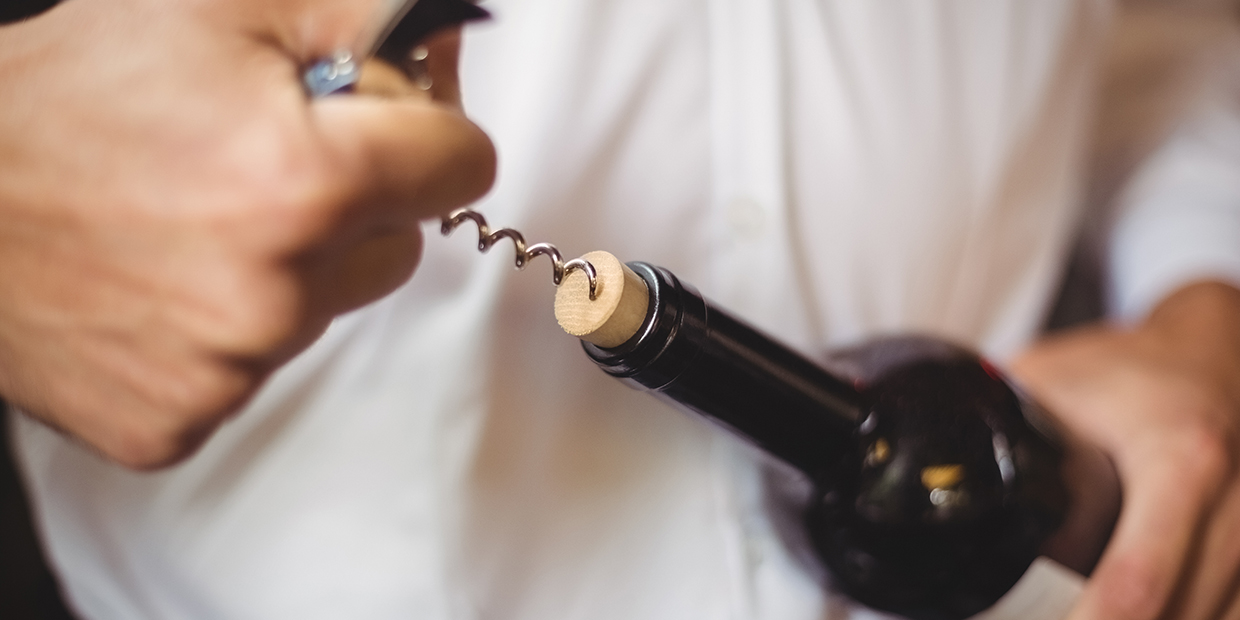
The cork is harvested from the Cork Oak Trees of Portugal and Spain. It became the most popular method to seal wine in the late 1600’s, when the technology to produce standard sized glass bottles came to the market. Before that, it was common to see the use of cloth, leather, and even glass as a sealing method.
Cork was chosen due to its light weight and sponge like nature. A high quality cork retards the oxidation process of the wine to a point where it can evolve and develop without going bad. The best corks allow approximately 1 milligram of oxygen to enter the bottle per year.

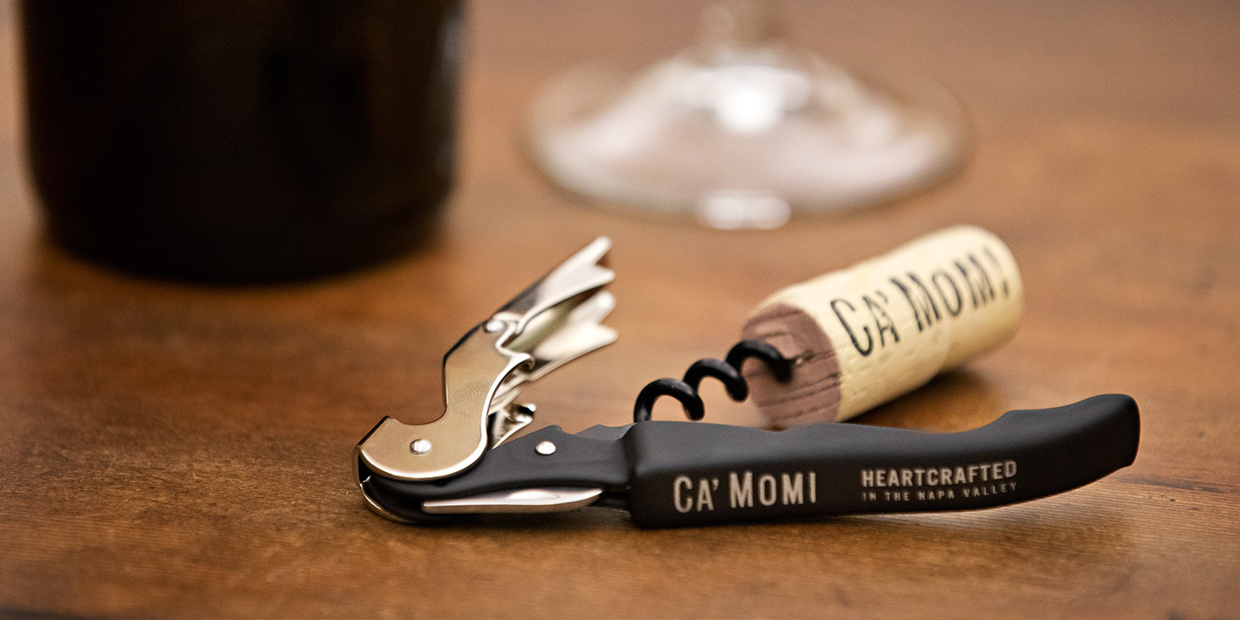
The ability to slowly oxidize a wine over time has been and remains the primary argument to keep the cork around as the standard. However, the method does come with its flaws.
Corks are not simple to open, even with the right equipment. I can’t tell you how many times I have suffered through the drama of trying to open an older bottle with a brittle cork – which usually results in the need for a cheese cloth to filter the wine after pouring (or you risk eating a piece of cork with your wine sip, yuck!). This is a problem that does not persist with newer vintages, but once a wine has reaches around 10 years in the bottle, these issues are more common.
Corks also fall victim to TCA infection. TCA is a chemical that deforms the flavor and aromas of the wine and is also referred to as “Cork Taint.” It has been predicted that between 2 and 5 percent of all corks will suffer from Cork Taint, thus ruining the wine. While it doesn’t sound like a whole lot, and while wineries do prepare for this phenomena, there is always a fear that the wine you open may be tainted. This is especially scary when you are opening a very old expensive wine for a special occasion (always have 2 bottles prepared in those situations).
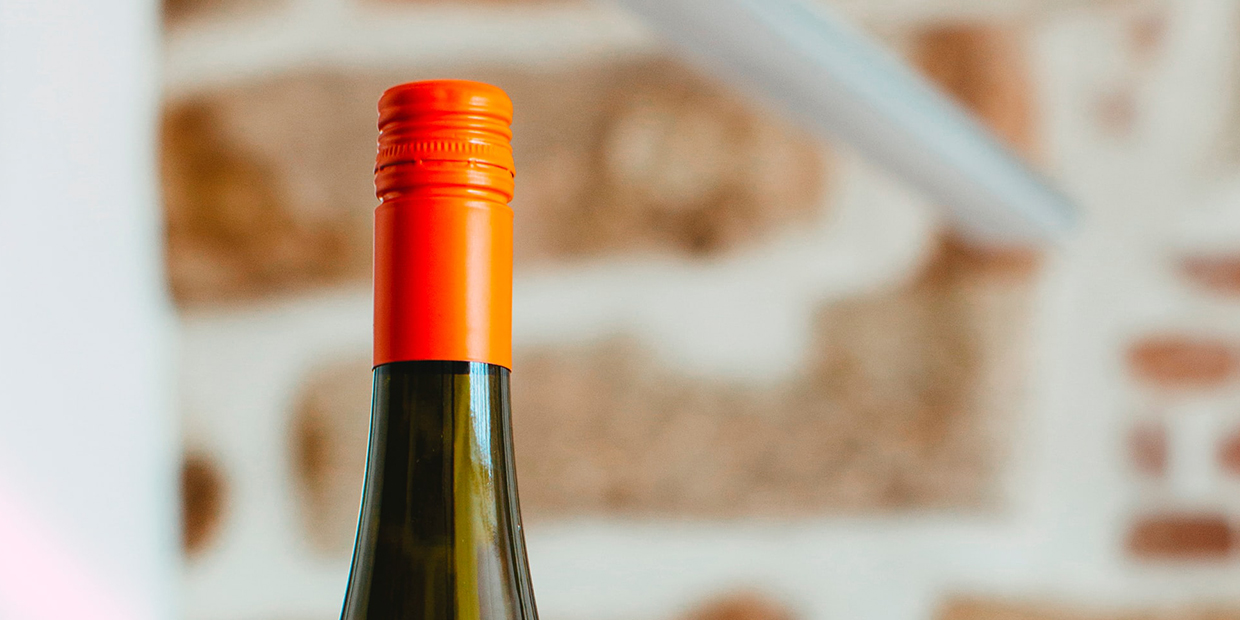
Modern solutions to sealing wine bottles have emerged. The screw-top is a favorite among Australian and New Zealand wine makers despite its (undeserved) reputation of being a mark of “cheap wine.” This method does very well in protecting the wine from oxidation, however complaints are made that it doesn’t allow the wine to develop and evolve over time the same way natural corks do. The good news, however is that there is a 0% chance for cork taint with the screw cap method and you don’t need a silly corkscrew to open it. They also store much better after opening as the screw top is able to reseal the bottle perfectly while there is no way to get the natural cork back in the bottle once you open it up.
Synthetic corks are also being developed and are seen more and more in New World wine producing regions like California. These corks have less environmental impact and protect against cork taint – but you will still need a corkscrew to get to your wine.
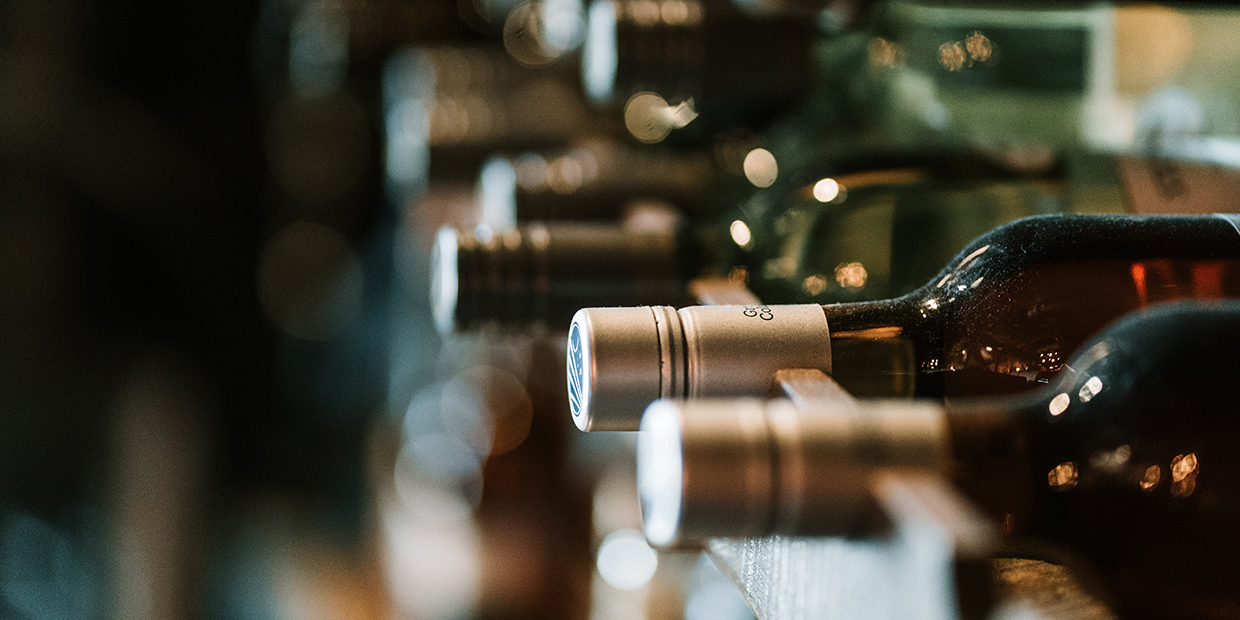
So what should you make of all of this? Well, I can only offer you my (unpopular) opinion.
I do not believe natural corks are necessary anymore and are only kept around for the sake of tradition (cue shocked and dismayed French Sommeliers all over the globe). Modern sealing methods, in my opinion, are simply superior and do not come with the environmental burden of having to constantly harvest cork from the cork oak trees. A majority of wines produced are designed to be drunk within the first 3 years of being bottled. There is no need to use a natural or synthetic cork for these wines – the screw-top is perfect. And yes, there is a small percentage of high level wines that require the bottle aging. In those scenarios natural and synthetic corks are preferred due to the oxidization effects.
So if you have the idea that only low quality wines come in screw-tops, dispel that now because it is my, and the Australian/New Zealand wine industry’s, preferred method to seal wine.
Michael W. Reyes,
General Manager, The Wine Club Ph
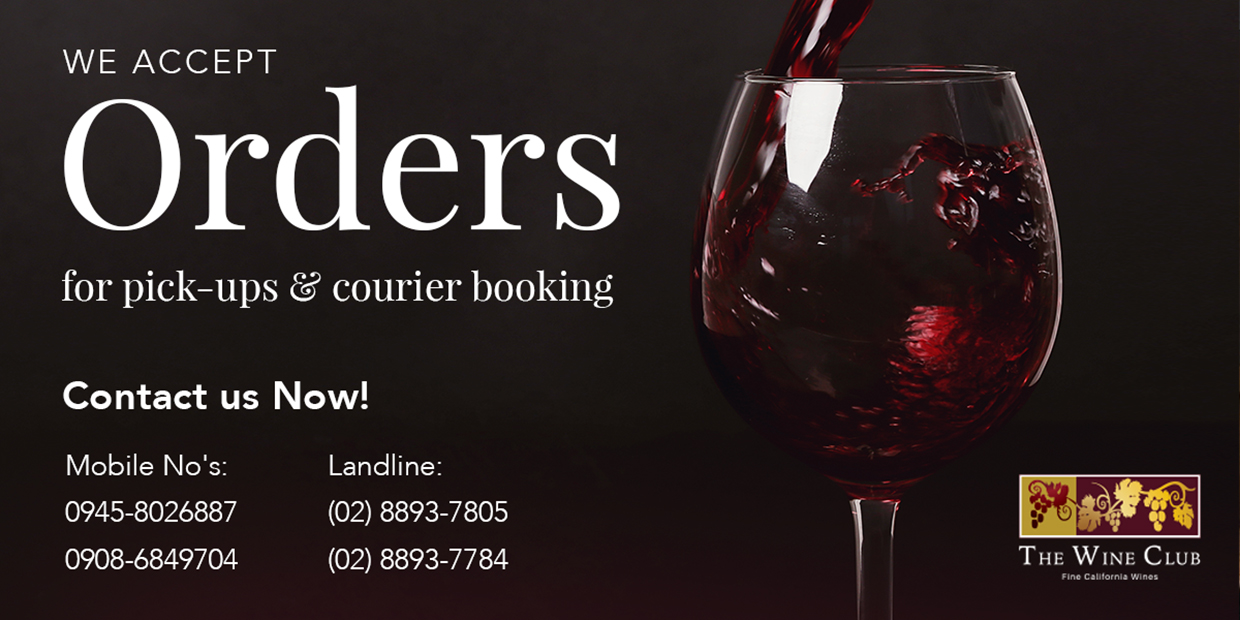
To place your orders, contact us at 0945 802 6887 / 0908 684 9704, or through our official Facebook (The Wine Club) and Instagram (@wineclubph).


